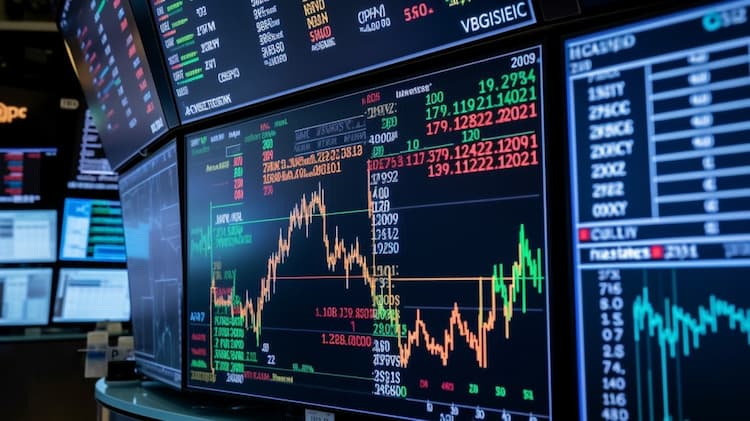
FXI VS GXC: A Comprehensive Comparison of ETFs
Exchange-Traded Funds (ETFs) have transformed the landscape of investment, offering diversified exposure across various sectors and asset classes. In this article, we will conduct a comprehensive comparison between two prominent ETFs: FXI (iShares China Large-Cap ETF) and GXC (SPDR S&P China ETF). We'll delve into different aspects including ETF tickers, full names, issuers, sectors, top holdings, capitalization, strategy, tracking, and exposure.
FXI VS GXC: Overview
FXI and GXC are two ETFs that provide investors with exposure to China's rapidly growing economy. While both focus on the Chinese market, they differ in terms of their investment strategies and underlying assets. FXI primarily targets large-cap Chinese equities, while GXC aims to track a broader index encompassing Chinese companies of various market capitalizations.
FXI VS GXC: Sectors and Top Holdings
The FXI ETF concentrates on sectors that are integral to China's economic landscape, such as technology, financials, and consumer discretionary. Notable holdings within FXI include Tencent Holdings, Alibaba Group, and Meituan Dianping. On the other hand, GXC provides a more diverse sector allocation, spanning industries like financials, communication services, and consumer staples, with prominent holdings including Alibaba, Tencent, and China Construction Bank.
 FXI overlap FXI VS GXC: A Comprehensive Comparison of ETFs
FXI overlap FXI VS GXC: A Comprehensive Comparison of ETFs
FXI VS GXC: Capitalization and Strategy
With a substantial asset under management (AUM), FXI reflects its popularity among investors seeking exposure to China's large-cap companies. FXI's strategy revolves around tracking the performance of the FTSE China 50 Index, which includes a selection of the largest Chinese companies by market capitalization. GXC, while also sizable in AUM, aims to replicate the performance of the S&P China BMI Index, providing a broader representation of the Chinese equity market.
FXI VS GXC: Tracking and Exposure
FXI's tracking method involves closely following the FTSE China 50 Index, which consists of blue-chip companies in China. This approach offers exposure to well-established, large-cap firms. GXC, in contrast, tracks the S&P China BMI Index, which includes a more comprehensive array of Chinese stocks, spanning various market capitalizations. Understanding these tracking differences is crucial for investors seeking specific exposure within the Chinese market.
Conclusion
FXI and GXC offer distinct opportunities for investors interested in gaining exposure to China's dynamic economy. Choosing between them depends on one's investment goals, risk tolerance, and preferences for sector allocation and tracking methodology. To gain deeper insights into the holdings, correlations, overlaps, and other critical information about these and other financial instruments, investors can turn to ETF Insider. This user-friendly app provides comprehensive details to assist investors in making well-informed decisions.
Disclaimer: This article does not provide any investment advisory services.
Sources:
FXI ETF issuer
FXI ETF official page
FXI quote and analysis
Discover the top holdings, correlations, and overlaps of ETFs using our visualization tool.
Our app allows you to build and track your portfolio.
To learn more about the FXI iShares China Large-Cap ETF, access our dedicated page now.











